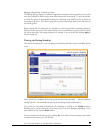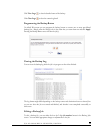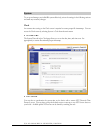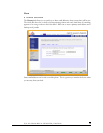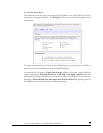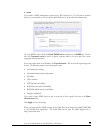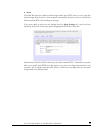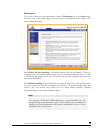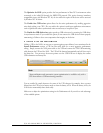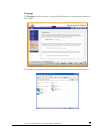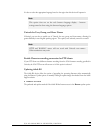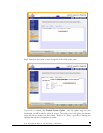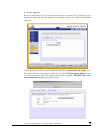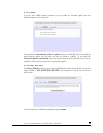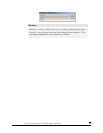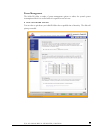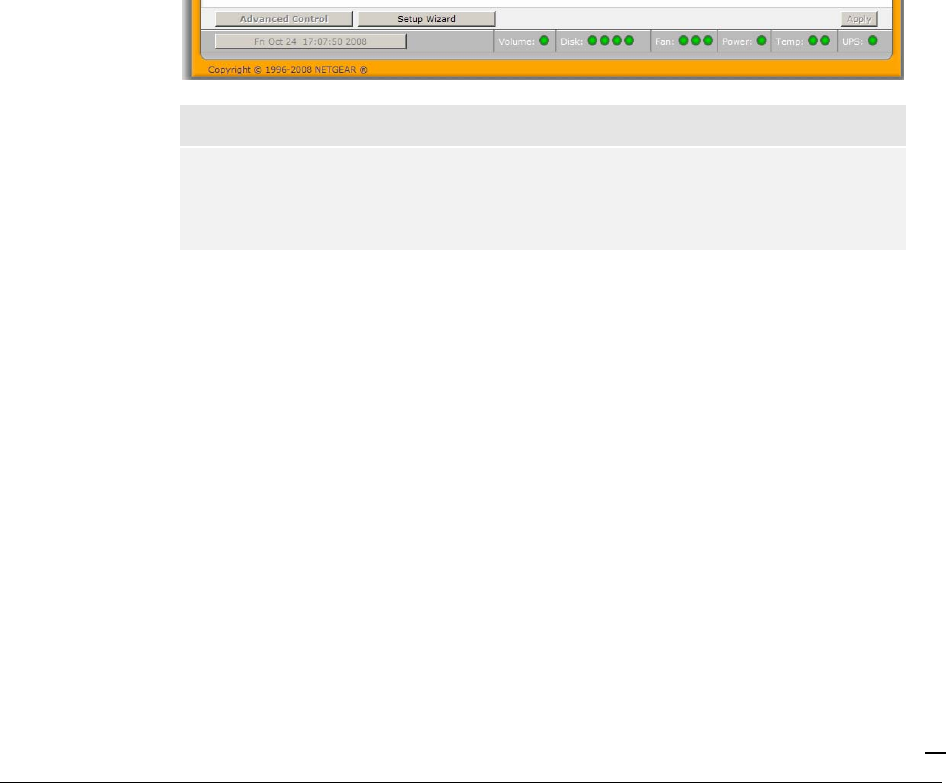
P/N: 900-10004-00 REV 02 USER GUIDE, IOSAFE R4
75
The
Optimize for OS X
option provides the best performance in Mac OS X environments when
connected to the ioSafe R4 through the SMB/CIFS protocol. This option however introduces
compatibility issues with Windows NT 4.0; do not enable this option if this device will be accessed
by Windows NT 4.0 clients.
The
Enable fast CIFS writes
option allows for fast write performance by enabling aggressive
write-back caching over CIFS. Do not enable this option in multi-user application environments
such as Quickbooks where synchronized writes are necessary to keep files in sync.
The
Enable fast USB disk writes
option speeds up USB write access by accessing the USB device
in asynchronous mode. If you enable this option, do not remove the USB device without properly
unmounting it. Failure to do so can compromise data integrity on the device.
►
ADDING A UPS FOR PERFORMANCE
Adding a UPS to the NAS is an easy way to protect against power failures, but as mentioned in the
System Performance
section, a UPS can also safely allow for a more aggressive performance
setting. Simply connect the NAS power cable to the UPS and connect the UPS USB monitoring
cable between the UPS and the NAS. The UPS will be detected automatically and will show up in
the Status bar. You can move the mouse pointer over the UPS LED icon to display the current
UPS information and battery life.
Note
Alert notification and automatic system optimization is available only with a
UPS that utilizes a USB monitoring interface.
You are notified by email whenever the status of the UPS changes; for example, when a power
failure forces the UPS to be in battery mode or when the battery is low. When the battery is low, the
NAS device automatically shuts down safely.
Make sure to adjust the optimization settings in the Performance tab if you wish to take advantage
of the available options.



